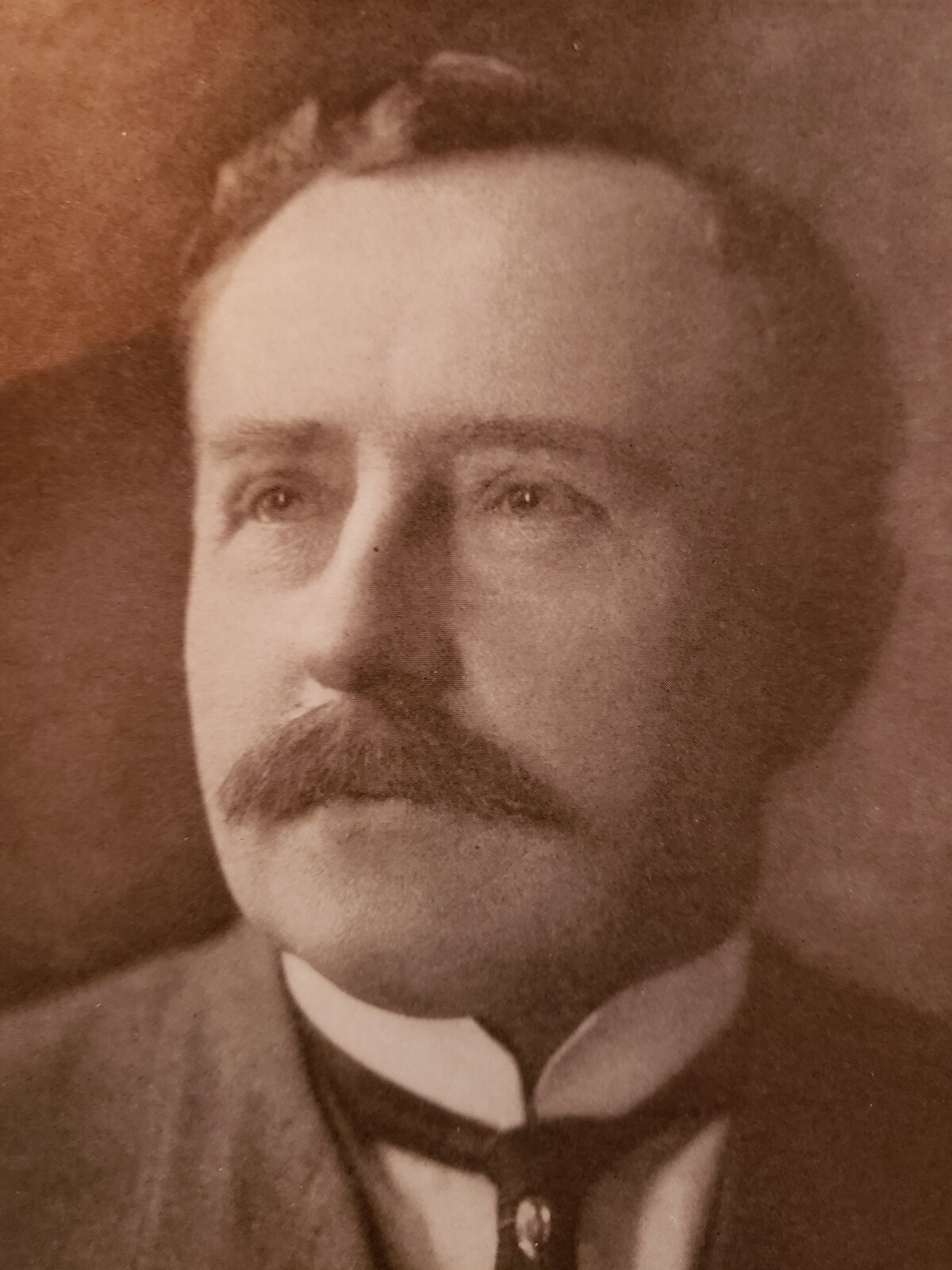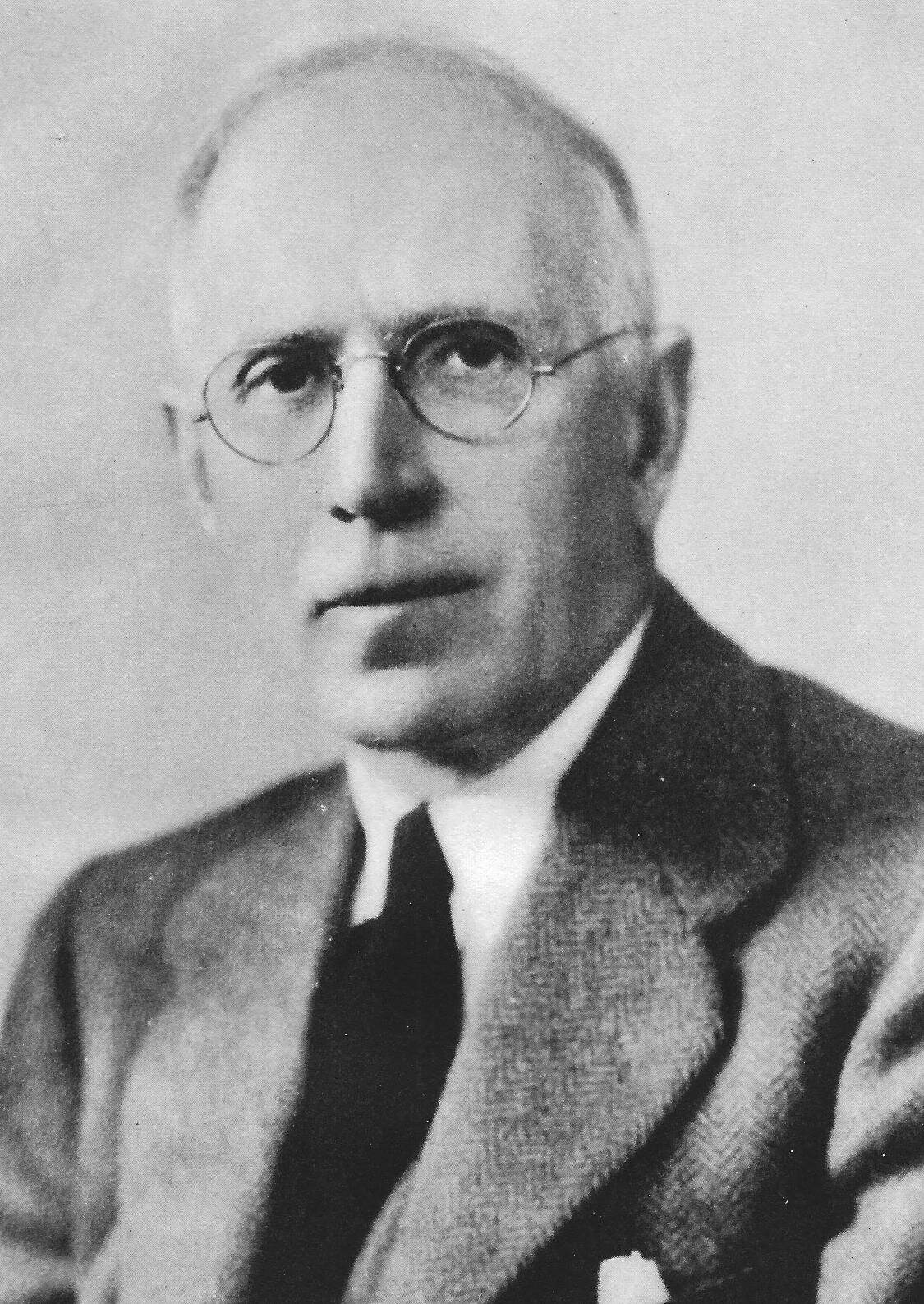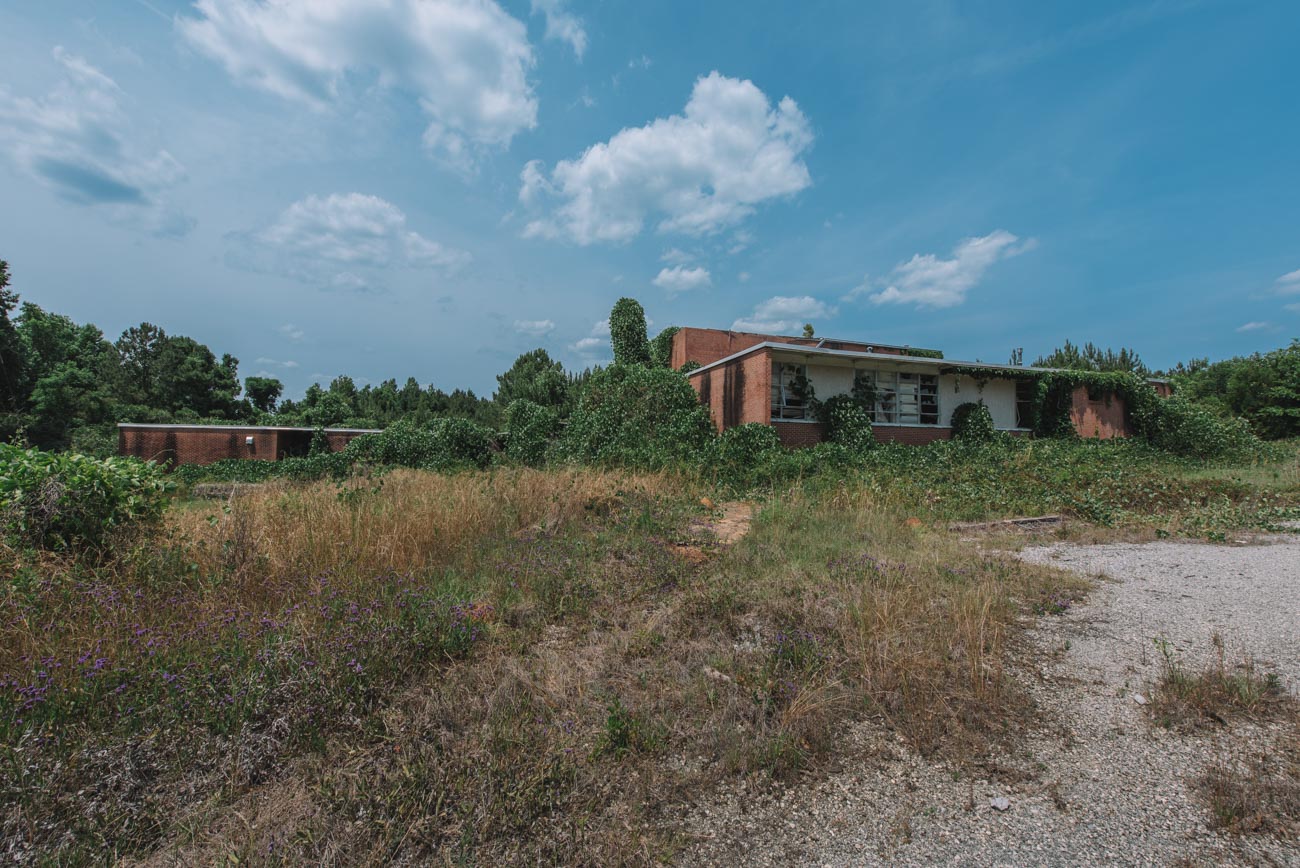| City/Town: • Spring Hill |
| Location Class: • Educational |
| Built: • 1939 | Abandoned: • 2005 |
| Status: • Abandoned |
| Photojournalist: • David Bulit |
Table of Contents
Rebecca Comer Vocational School
An elementary school was for many years the only school in the Spring Hill community of Barbour County, Alabama. In 1939, Philip Alfred McDaniel Jr., the County Superintendant of Education, along with Supervisor Alice Calloway made plans to establish the first colored high school in Barbour County. Several communities bid for the site but the Spring Hill community made the highest bid. Twenty-nine acres of land and funding were donated for the construction of the new school building by James McDonald “Donald” Comer and Herbert Charles Ryding and his wife, Eva Jane Comer. The school was named in honor of a deceased servant of the former Governor of Alabama, Braxton Bragg Comer. Comer was the father of Donald and Eva, and Ryding’s father-in-law.

Ryding and his wife did much for the black community of Barbour County. They set up health and dental clinics. They built a manual training school. They aided the black churches and attended the services there with advice and counsel. They also showed black farmers how to make better crops and use better seeds, how to improve their land, and how to treat their livestock.

Layout
In 1939, the Vocational building was the first and only building on the school campus. The school eventually grew to include five buildings. One unit consisted of eight classrooms and the principal’s office. The lunchroom with an electric kitchen accommodated 125 pupils at various lunch periods. Contained within the Vocational building were two classrooms, a workshop, and a food laboratory. North of the building was a duplex house occupied by the school’s agricultural teacher and his family. A canning plant was located far north of the home and was used extensively by the Spring Hill community during the spring and summer months.
The school’s brick auditorium was donated by Eva Jane Comer Ryding. It had a seating capacity of 500 and was used for chapel programs and various school and community activities. The school suffered from overcrowding in the 1950s and the auditorium was used as makeshift classrooms during this period. In 1962, additions were made to the county’s colored school which included new gymnasiums and indoor restrooms at the Barbour County Training School, Clayton High School, and the Rebecca Comer High School at a cost of $169,863. The school colors were green and gold, and the school’s basketball team was named the “Rebecca Comer King Kongs.”
Although it was called a high school, the school served grades one through twelve until 2005 when it was closed as part of cost-saving measures. The school’s student body was transferred to other county schools. Although there are currently no plans for the school, there are talks of demolition in the near future.



















